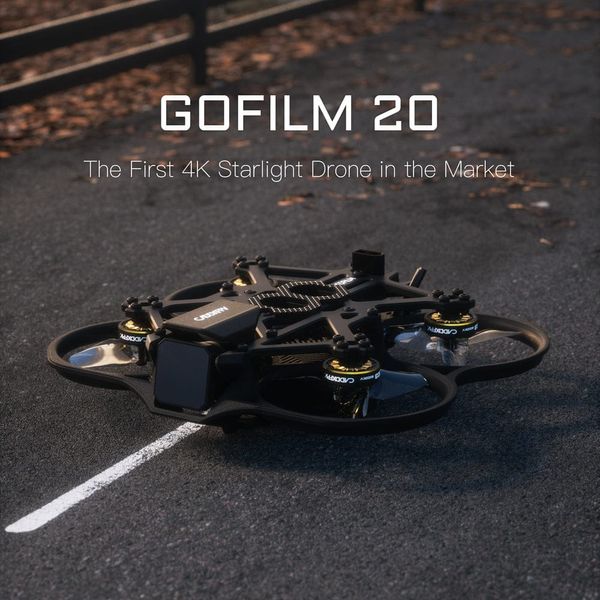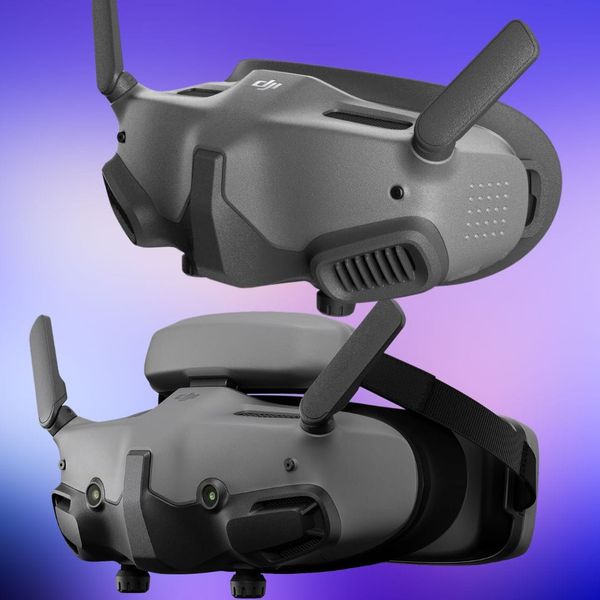TL;DR: In this article, we'll take a close look at the Pavo Nano, an intriguing prototype from BetaFPV. This sub-100 gram drone could be a game-changer for the FPV community, but it's not without its drawbacks. We'll examine its design, performance, and potential improvements, all while considering your valuable input from the comments section. Don't miss this deep dive into an FPV prototype that could revolutionize the hobby!

Overview of the Pavo Nano Prototype
The Pavo Nano is a beta product from BetaFPV that has been sent out to testers for feedback. It comes with an XD30 connector for 2s flight, a flight controller (which is expected to change in the final version), and 1102 motors with 14,000 KV. The Pavo Nano utilizes 45 mm Gemfan propellers and has an inverted motor configuration.

The Pavo Nano's Design
The prototype features a fixed battery tray designed to accommodate 2s450 batteries. However, it would be better to have a plate with a battery strap instead of a fixed tray for more flexibility. The air unit is mounted on top, but it might be better to place it below the flight controller to improve the center of gravity. A unique aspect of the Pavo Nano is its vibration-isolated camera mounting, which helps reduce jello in the footage.



Flight Performance
The Pavo Nano is quite lightweight, coming in at just under 100 grams with the battery. This makes it susceptible to being pushed around in windy conditions. While it does feel top-heavy due to the air unit's placement, the drone still flies well, producing impressive footage when used with the O3 Air Unit and Rocksteady stabilization.
Potential Improvements
Some possible improvements for the Pavo Nano include:
- Reducing the size of the prop guards
- Moving the air unit below the flight controller
- Incorporating a battery plate and strap instead of a fixed tray
- Adjusting the center of gravity for better stability
The Pavo Nano's Expected Release and Pricing
BetaFPV plans to sell the Pavo Nano as a kit with the bottom section, motors, frame, flight controller, props, cage, and extra antennas. The O3 Air Unit will not be included, allowing customers to purchase it separately. The estimated price for the kit, without the air unit, is expected to be around $120-$150. This is a cost-saving measure, as DJI does not offer volume discounts for air units.

Final Thoughts
The Pavo Nano is an exciting prototype that has the potential to make a significant impact in the FPV community. Its lightweight design, impressive footage, and potential for improvement make it an attractive option for FPV enthusiasts. With your valuable feedback, we can help shape the final version of the Pavo Nano and make it an even better product for the FPV world.
The FPV community has expressed a range of opinions on the Pavo Nano prototype from BetaFPV. Many users found the lightweight drone to be impressive, especially considering its performance in windy conditions, and are excited for a sub-100g drone with O3 capabilities. Others appreciated the modularity of the canopy design and the potential for indoor cinematic use. However, some concerns were raised about the battery mount, with suggestions to make it compatible with a range of battery sizes. Additionally, a few users expressed the desire for more powerful motors and improvements in the camera and air unit placement. Overall, the Pavo Nano has sparked interest and curiosity among FPV enthusiasts, who are eagerly waiting for the final product release.
Let us know your thoughts in the comments below, and stay tuned for more updates and testing on the Pavo Nano!







